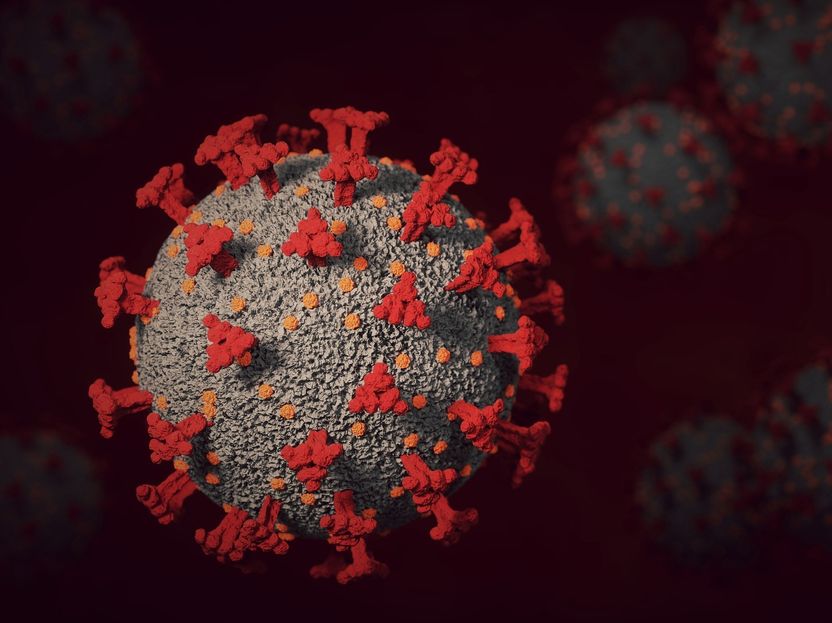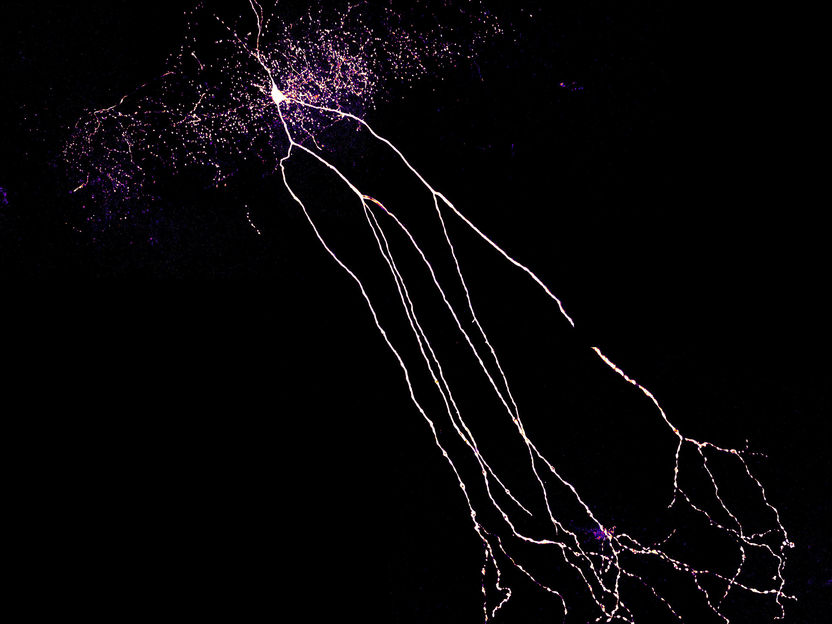A master mechanism for regeneration?
Biologists long have marveled at the ability of some animals to re-grow lost body parts. Newts, for example, can lose a leg and grow a new one identical to the original. Zebrafish can re-grow fins. These animals and others also can repair damaged heart tissue and injured structures in the eye. In contrast, humans have only rudimentary regenerative abilities, so scientists hoping eventually to develop ways of repairing or replacing damaged body parts are keenly interested in understanding in detail how the process of regeneration works.
Using zebrafish as a model, researchers at the University of Michigan have found that some of the same genes underlie the process in different types of tissues. Genes involved in fin regeneration and heart repair are also required for rebuilding damaged light receptors in the eye, they found, suggesting that a common molecular mechanism guides the process, no matter what body part is damaged.
Zhao Qin a graduate student in the department of Molecular, Cellular and Developmental Biology presented the research at the annual meeting of the Society for Neuroscience in Chicago. Her coauthors on the paper, which also was published in the Proceedings of the National Academy of Sciences, are professor and chair Pamela Raymond and research laboratory specialist Linda Barthel.
The researchers briefly exposed zebrafish to intense light, which destroys the light receptors in their eyes, just as staring into the sun harms human eyes. But unlike humans, who remain blinded if the damage is severe enough, zebrafish repair the damage with new nerve cells.
Where do those new cells come from? The U-M researchers suspected they develop from cells in the retina called Müller glia, known to have the ability to give rise to nerve cells, and in previous work another graduate student in Raymond's lab confirmed the suspicion. In the current work, Qin wanted to find what prompts Müller glia to start the regeneration process. To get at the question, she looked at patterns of gene expression in Müller glia from damaged, regenerating zebrafish retinas and from undamaged zebrafish retinas to see which genes are expressed differently in damaged and undamaged retinas.
"Of course I found a lot of genes - a total of 953," Qin said, "but two were of particular interest." The two genes, hspd1 and mps1, had been found in other studies to be required for fin and heart regeneration in zebrafish, and Qin's work showed that they also were switched on in Müller glia from damaged zebrafish retinas.
"This suggests," Raymond said, "that, although we don't fully understand it yet, there might be a bigger molecular program, involving not just these two genes but a number of cooperating genes that are required for injury-triggered regeneration."
Most read news
Topics
Organizations
Other news from the department science

Get the life science industry in your inbox
By submitting this form you agree that LUMITOS AG will send you the newsletter(s) selected above by email. Your data will not be passed on to third parties. Your data will be stored and processed in accordance with our data protection regulations. LUMITOS may contact you by email for the purpose of advertising or market and opinion surveys. You can revoke your consent at any time without giving reasons to LUMITOS AG, Ernst-Augustin-Str. 2, 12489 Berlin, Germany or by e-mail at revoke@lumitos.com with effect for the future. In addition, each email contains a link to unsubscribe from the corresponding newsletter.
Most read news
More news from our other portals
Last viewed contents
Influenza_vaccine
Cinchona
Cytoluminescent_therapy
N-Acetylmannosamine
Category:Oripavines
Epigenomics AG Places Maximum Number of New Shares in Capital Increase with Pre-emptive Rights

Researchers find explanation why the Omicron variant causes less severe disease - Moreover, cell culture findings indicate that eight important COVID-19 drugs and drug candidates remain effective against Omicron.
DNA computer brings 'intelligent drugs' a step closer

Biosafety cabinet with integral Particle counter | Safety cabinets | TopAir Systems
Roxana_Moslehi






















































